It’s been a glorious Spring week here. The temperatures are creeping over 20°C but there is still a pleasant breeze meaning it’s ideal for getting out and watching wildlife. I haven’t seen any clouds for days- here’s a blue tit to show off the blue sky.
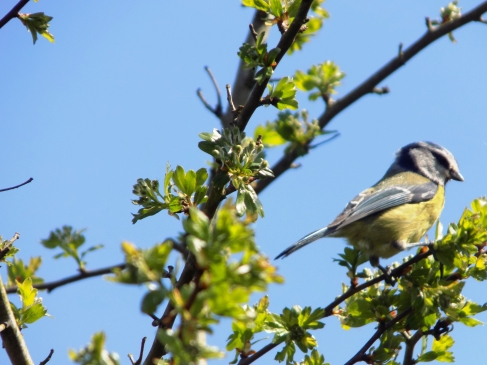
And another bird surrounded by blue sky is my local great spotted woodpecker.
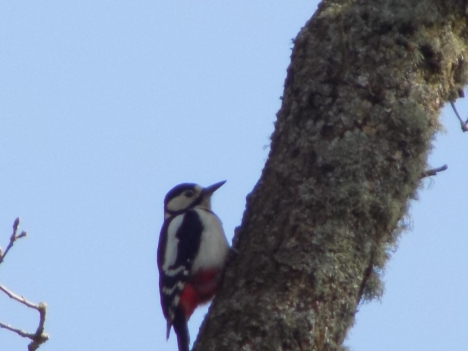
I’ve seen and heard woodpeckers a lot in this small patch of trees over the last few weeks. It’s the time of year of their drumming display. Both sexes drum at trees as a way of making first contact with potential mates. An unpaired male can drum as many as 600 times a day! Interestingly these woodpeckers have a gender equal society with both sexes drumming, excavating a nest, incubating eggs and looking after young after fledging.
This week has seen a dramatic increase in the numbers of butterflies around. I’ve so far seen brimstones, peacocks, large whites, orange tips, red admirals and speckled woods.
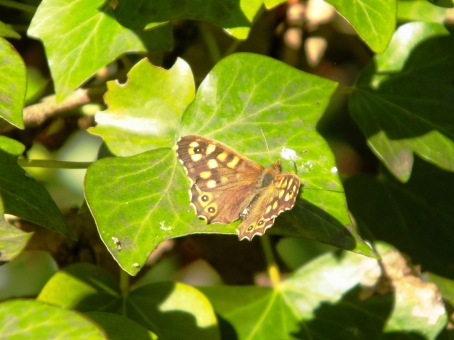
It’s amazing what a difference a week can make- last weekend there were no speckled woods to be found whereas this weekend they seem to be everywhere. These butterflies have interesting mating behaviour. Male speckled woods either find a sunny spot and defend it from other males, waiting for a female to come along or patrol the forest actively looking for females. The females are monandrous, meaning they only mate once in their lifetime, and have to make the decision to mate with either a defender or a patroller.
Today I ventured up into the New Forest where I was treated with some magnificent views.
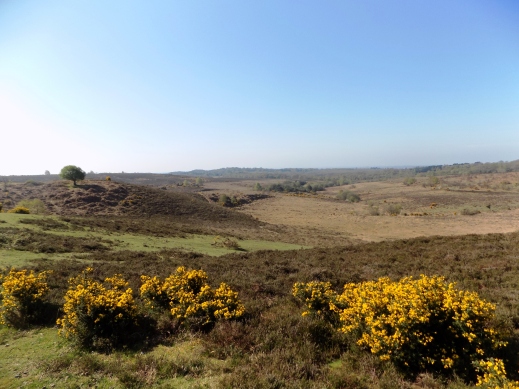
I mainly hoped to see some reptiles and eventually I got lucky and found this slow worm.
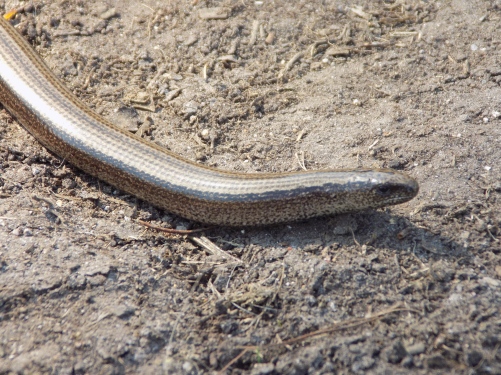
I thought at the time that this was a particularly long individual. In hindsight I should have placed an item near it for scale. These legless lizards are supposed to grow up to 50cm long but I am convinced this one was longer.

It’s frustratingly impossible to know quite how long it was but it’s clear this was a particularly long individual. It was calm and basking in the sun to warm up and was happy for me to have a close look at it.
There were lots of birds hopping around on the gorse and under the heather and eventually I managed to get a good look at one and discover they were meadow pipits.
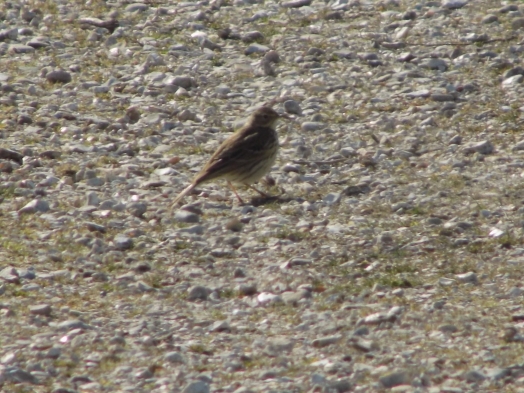
Meadow pipits are the main host bird for cuckoos in the New Forest. Interestingly I heard a cuckoo calling today which seems remarkably early. I’ve been keeping an eye on the BTO tagged Cuckoos (see here) and Selborne, who was tagged in Hampshire, is only in the North of Spain whilst all the others are still South of the Sahara! That all suggests that the cuckoo I heard today is a really early arrival and likely hasn’t been in the forest for more than a few days.
I was saddened to learn this week of the extreme plight of New Forest curlews. Over the last 12 years the numbers of Forest curlews have fallen by two-thirds, from about 100 breeding pairs in 2004 to just 40 in 2016. At this rate they could become extinct in Southern England in as little as twenty years (Full story).
The main reason being attributed to this decline is nest disturbance. Curlews are ground-nesting birds and it’s likely that nests are being disturbed by runners, walkers and dogs who are not keeping to the main tracks. People seem to think they have a right to go anywhere on the Forest and this is the impact of it.
Anyway, let’s hope the good weather continues into this week and I’ll see you again soon for more.

No comments:
Post a Comment